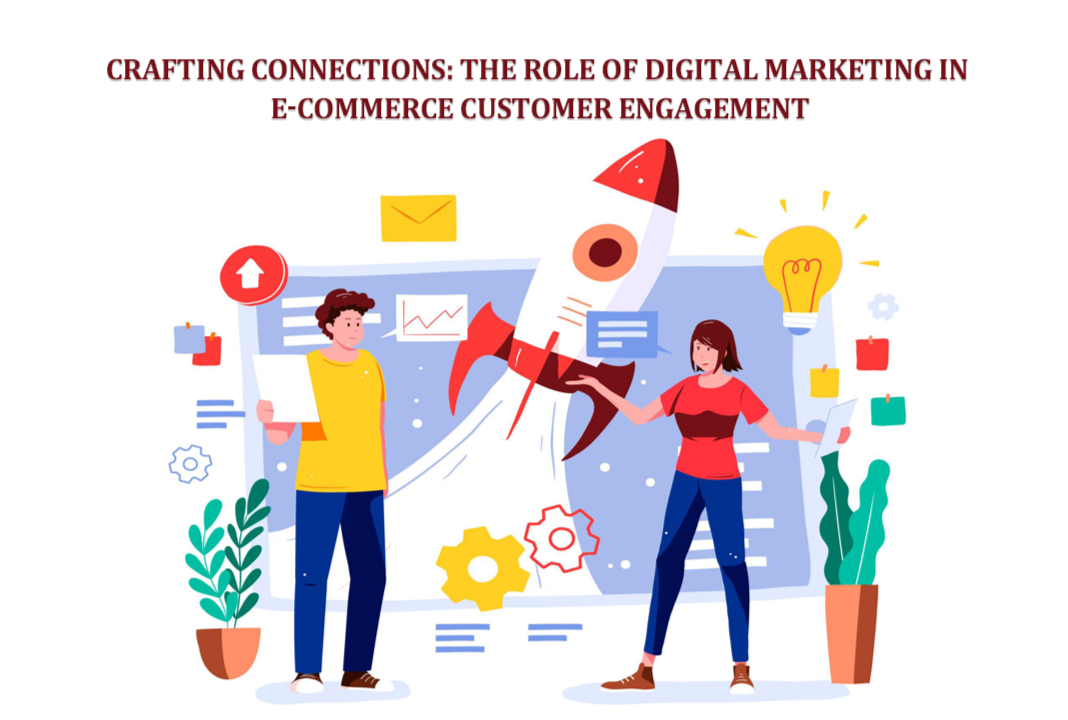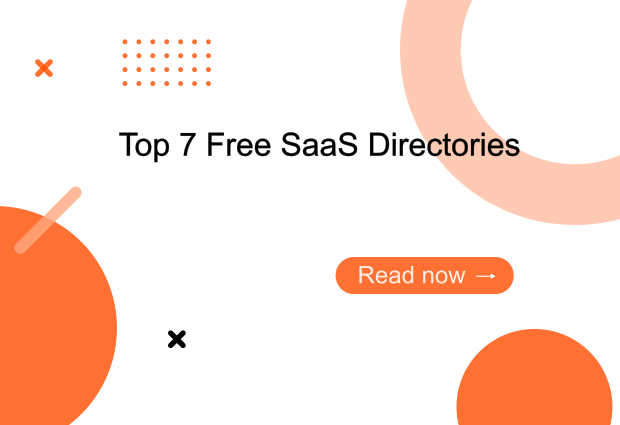Five Compelling Reasons to Enter a Competitive SaaS Market
Introduction
Entering a competitive market can seem daunting, especially in the SaaS industry, where established giants often dominate the landscape. With so many players vying for attention, it's easy to wonder if it's even worth jumping into the fray. However, competition isn't something to shy away from—in fact, it can be your biggest opportunity.
In this article, we'll explore five compelling reasons why competing in a crowded SaaS market can be a smart and profitable move for your business. From tapping into lucrative opportunities and winning over frustrated customers to finding your pricing sweet spot, leveraging low touch sales, and offering a superior user experience, we'll show you how competition can actually be the catalyst for your success.
So, if you've ever hesitated about entering a saturated market, keep reading. You'll discover how embracing competition can help you carve out a strong position, attract loyal customers, and ultimately thrive in the SaaS industry.
1. Lucrative Potential
Let's face it—competing in a crowded market can feel intimidating. But here's the thing: if there's competition, it means there's money to be made. The SaaS industry is booming, and the potential to make a profit is huge if you can secure even a small slice of the market.
Think about it—big players have already done the hard work of proving there's demand for the type of product you're offering. That means there's a ready-made audience out there, just waiting for something better, more tailored, or simply different. If you can give customers what they need in a way that's unique, you've got a real shot at grabbing your share.
Once you get your foot in the door, things can really take off. In the SaaS world, a recurring revenue model means that once customers start using your product, they're likely to stick around, providing a steady stream of income. As you grow, so does your reputation, which makes it easier to attract new customers. Over time, this can snowball into a thriving business.
But securing your piece of the pie isn't just about jumping into the market—it's about doing your homework. You need to understand what your competitors are offering and where they might be falling short. Maybe they're not as responsive, or their user experience isn't great. By filling those gaps, you can make your product stand out.
So, while the competition might seem daunting, the potential rewards make it well worth the effort. With the right approach, you can carve out a profitable niche in the market and set yourself up for long-term success.
2. Addressing Frustrated Customers
Not every customer is happy with the big players. And that's where your opportunity lies. When users are frustrated with the current options—whether it's poor customer service, clunky interfaces, or lack of innovation—they start looking for alternatives. That's your chance to step in and offer something better.
Big companies often struggle to keep up with the individual needs of their customers. They might have a lot of resources, but that doesn't always translate to a great user experience. Maybe they're slow to respond to feedback, or they're not adapting quickly enough to new demands. Whatever the case, customers who feel neglected or frustrated are more likely to give a new player a shot.
As a smaller or newer SaaS provider, you have the agility to listen to these frustrated users and quickly adapt your product to meet their needs. You can provide the personal touch that big companies often miss—whether it's through more responsive customer support, a simpler user interface, or faster implementation of new features. By focusing on what the big guys are getting wrong, you can turn their unhappy customers into your loyal ones.
It's all about finding the pain points that customers are experiencing with the big incumbents and addressing them in a way that feels like a breath of fresh air. When you do that, you're not just competing—you're creating real value for people who are ready for a change.
So, don't be afraid of the competition. Instead, see it as a sign that there are frustrated customers out there who are waiting for something better. If you can deliver on that, you'll not only attract new users, but you'll also build a strong, loyal customer base that sticks with you for the long haul.
3. Competitive Pricing
Pricing in the SaaS world can be tricky, especially when you're up against big, established players. It's tempting to think that the only way to compete is by offering a lower price, but that's not always the best strategy. Instead, it's all about finding the sweet spot where you can offer great value while still maintaining healthy margins.
Here's the thing: big companies often set the standard for pricing in the market. While that can seem daunting, it actually gives you some room to maneuver. You don't have to be the cheapest option to attract customers. In fact, going too low on price can lead to a race to the bottom, where you end up undercutting yourself. Instead, focus on offering a fair price that reflects the value you're providing.
Customers are often willing to pay a bit more if they feel like they're getting something better in return—whether that's a more intuitive user experience, faster support, or more frequent updates. The key is to differentiate yourself in ways that justify your pricing, so customers see the value in what you're offering.
But be careful not to fall into the trap of becoming the “budget” option. Competing solely on price can make it difficult to sustain your business in the long run. Instead, keep innovating and adding features that make your product stand out. By doing this, you can position yourself as a premium alternative that's worth every penny, rather than just a cheaper knockoff of the big players.
In a competitive market, pricing is a powerful tool, but it's not the only one. When you strike the right balance between cost and value, you can attract customers who appreciate what you bring to the table and are willing to pay for it. This way, you can compete effectively without sacrificing your margins or your brand's reputation.
4. Leveraging Low Touch Sales
One of the best ways to grow your customer base is by making it as easy as possible for people to try your product. That's where low touch sales come in. Instead of relying on heavy sales pitches or lengthy demos, low touch sales let potential customers experience your product with minimal effort on their part—and it can be a game-changer.
Low touch sales are all about reducing friction. Think about it: when someone's interested in your SaaS, they probably want to jump in and start using it right away, not spend hours talking to a sales rep. By offering a quick and easy sign-up process—whether it's a free trial, freemium model, or even a demo account—you can get your product into the hands of more potential customers faster.
One of the great things about this approach is that it allows people to explore your product at their own pace, without the pressure of a high-touch sales process. They get to see the value for themselves, which can be far more convincing than any sales pitch. Plus, with low touch sales, you can reach a broader audience, including those who might not have the time or inclination for a more traditional sales process.
Whether you require a credit card at sign-up or not, the key is to make the onboarding process as smooth and simple as possible. The easier it is for people to start using your product, the more likely they are to convert into paying customers. And as they begin to see the value of your SaaS, they'll stick around, leading to steady growth over time.
Low touch sales are especially powerful in a competitive market because they lower the barriers to entry. When customers can try your product with minimal commitment, they're more likely to give it a shot—even if they're already using a competitor's solution. This opens up opportunities to win over new users by letting your product speak for itself.
In short, by leveraging low touch sales, you can expand your reach, attract more potential customers, and ultimately drive growth—all while keeping your sales process efficient and scalable.
5. Superior User Experience
One of the best ways to set your product apart is by offering a superior user experience. When customers have plenty of options to choose from, they'll naturally gravitate toward the product that's the easiest to use, the most intuitive, and the quickest to deliver what they need. That's where focusing on user experience can give you a serious edge.
Think about it—no one wants to spend hours figuring out how to use a new software tool. If your product is simple, clean, and designed with the user in mind, it's going to win people over fast. A great user experience isn't just about looking good; it's about making sure your customers can accomplish their goals quickly and effortlessly. The smoother their experience, the more likely they are to stick around and even recommend your product to others.
But user experience isn't just about simplicity. It's also about staying ahead of the curve with quick feature turnarounds. In a competitive market, customers appreciate a product that's always evolving and getting better. When you can roll out updates and new features that solve problems or add value—especially when you do it faster than the big players—you show your customers that you're listening and that you're committed to giving them the best possible experience.
A superior user experience also helps you build a strong, loyal customer base. Happy customers are more likely to become repeat buyers and advocates for your brand. They'll leave positive reviews, share their experiences on social media, and even help spread the word about your product. All of this can give you a big boost in a competitive market, where word-of-mouth and reputation can make all the difference.
In short, by focusing on delivering an exceptional user experience, you're not just making your product better—you're making it stand out in a sea of options. Simplicity, innovation, and responsiveness are key to winning over customers and keeping them coming back for more.
In Conclusion
Competing in a crowded SaaS market might feel intimidating at first, but as we've explored, it's also packed with opportunities. From the potential for significant financial gains to the chance to win over frustrated customers, the rewards of stepping into a competitive space can be immense. By finding your pricing sweet spot, leveraging low touch sales, and delivering a superior user experience, you can carve out a strong position in the market.
The key is to approach competition not as a barrier but as a motivator. It pushes you to innovate, to listen to your customers more closely, and to continuously improve your product. In doing so, you not only survive in a crowded market—you thrive.
So, don't let the fear of competition hold you back. Embrace it, and use it as a driving force to build a SaaS product that stands out, resonates with users, and ultimately, succeeds. The road may be challenging, but the rewards waiting at the end are well worth the journey.





